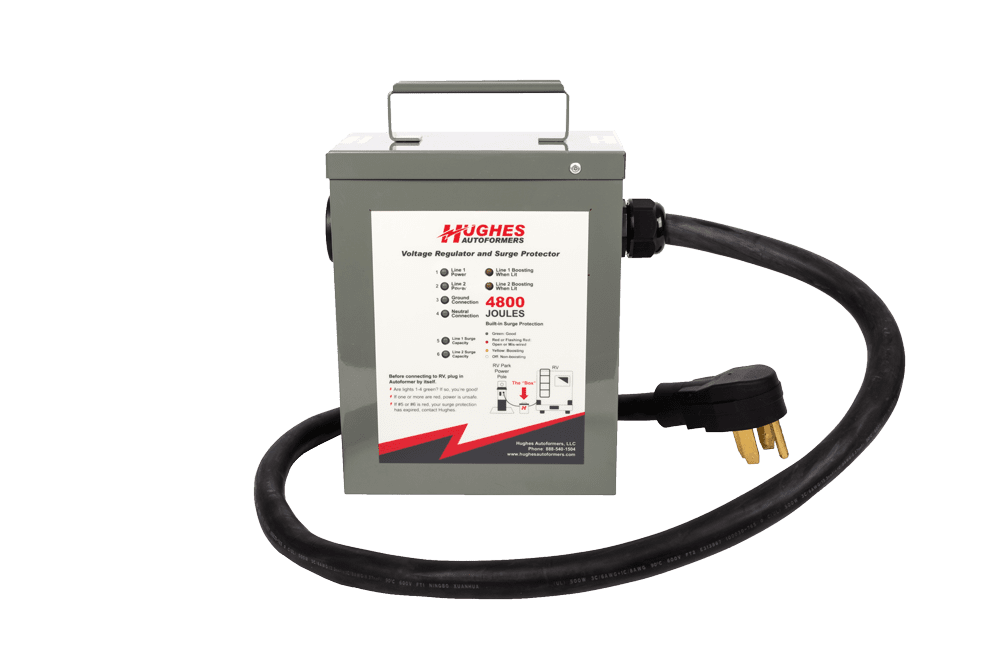kwired
Electron manager
- Location
- NE Nebraska
- Occupation
- EC
What do you mean by "...resulting in more VA than the load itself is rated for..." ??
There is resistance in the conductors, even on short conductors where you disregard voltage drop. Passing current through a resistance gives up heat, that is a real load to the source, it is wasted energy in relation to your application. More current you have in same resistance the more VA is lost to this "side effect".
Increasing conductor size reduces conductor resistance, means less voltage drop and less lost VA.
Increasing voltage but keeping intended load VA the same like for a constant watt output type of load would lower current, lower current through same resistance will lessen lost VA.
Transforming from 120 to 240 will halve the current, lessen how many volts are dropped in same resistance and also lessen VA lost in that same resistance.
You would have to add the loss in the conductors to the total VA if you still want rated output from the load, which is what will increase current in the run if the BB is at the load end of the run
If you put the BB at beginning of run, you will be boosting voltage to whatever level is needed to have desired volts at the load, after losses in the conductor. Sort of works out similar losses either way but is going to be some differences.
Last edited:


